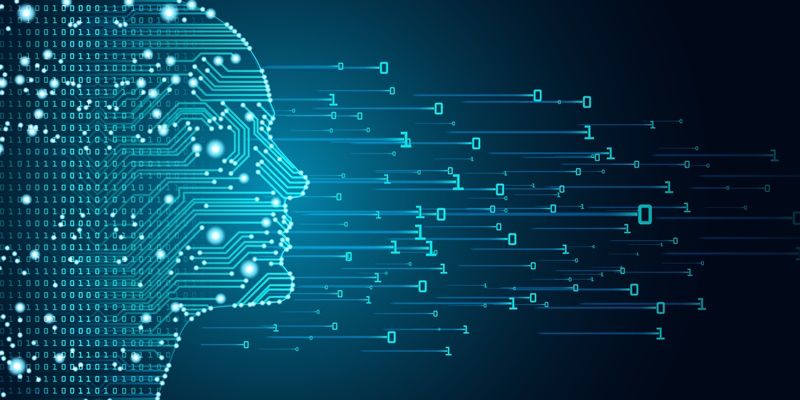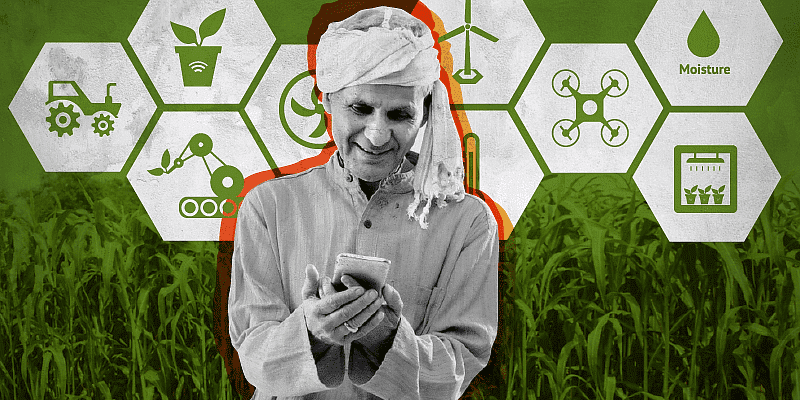Why AI and media intelligence are two sides of a same coin
$3.9 trillion - that is the value Gartner estimates Artificial Intelligence (AI) will bring to enterprises by 2022. From customer experience to organisational productivity, AI solutions are slowly but surely becoming part of every function in the enterprise.

While most companies are just starting to deploy their first AI solution, the media industry has long used AI for media intelligence. Whether it is Netflix giving you personalised movie recommendations or YouTube creating an automated playlist based on the song you are listening, media companies have used AI algorithms extensively to drive how we consuming media.
Media Intelligence and Artificial Intelligence are two sides of the same coin - media intelligence is AI verticalised for media use cases.
The demand for AI in media is so high that global media conglomerates like ComCast and NBCUniversal have started an accelerator and innovation unit to specifically work with interesting startups. In India, companies like ViaCom18 are creating initiatives to work with AI startups.
In many other use cases, AI is used for prediction and analysis but in media, AI is transformational. Instead of just saving costs, it can transform it from media to intelligent media. Sowmya Gottipai, Head of NBCUniversal Media Labs, recently said, “Making media intelligent is a top priority at NBC.”
Powering this shift towards intelligent media are developments in computer vision algorithms, speech to text algorithms and natural language processing algorithms.
Vision algorithms: Deep learning algorithms can analyse videos frame by frame and identify objects in that frame. Microsoft Video Indexer can even identify famous personalities in the video. Based on this analysis, it can create a taxonomy of intelligent tags to classify the video. Google’s Cloud Video Intelligence has powerful label detection that can not only identify a car in the video, but also the brand and the model.
Automatic tagging is the base of intelligent media and as these tags get more and more accurate, powerful experiences can be built on top of them.
Speech to text algorithms: In late 2017, we had a major technology breakthrough in 'speech to text algorithms' - they could understand language almost at the same level as humans. This means they can automatically transcribe media with really good accuracy.
(Source: KP Internet Trends 2017)
YouTube Automated Closed Captions (CC) are a great example of this in action. Media files traditionally have been monolithic, large files that you couldn’t search inside of. With transcription, you can quickly search for a particular word and play at the exact time when it was spoken. This time coded information about the word is really valuable and it means you can ‘skim the media’ the way you do an article. No need of having to go through a long video, just hear only the pieces you want.
Natural Language Processing (NLP): Extensive work has happened in fields of text analytics and Natural Language Processing, but that has been largely limited to text. But with an automated transcript of the media available at scale, all the same, algorithms can now be applied on media for interesting results. You can do simple things like identifying the topic, detect questions or find the sentiment of the media. It gets more interesting if you combine this with the timestamps of when the words were spoken. Let’s say, you have a speech by Bill Gates and in the first 10 minutes, he talks about how Bill & Melinda Gates Foundation is helping cure malaria. Text similarity algorithms can help you find similar videos where Gates talks about Malaria but the time coded information helps you actually find parts where he spoke about Malaria.
Together, this creates a revolutionary experience - instead of the usual similarity of only title or speaker. You can search “Show me where Bill Gates talks about Malaria” and only sections in which he talks about Malaria in different videos will be played. AI will make monolithic media clippable and shareable and that too without any manual intervention.
The future of intelligent media
AI algorithms are the building blocks for creating intelligent media. While behemoths like Google and Amazon will likely own this infrastructure layer, startups can focus on creating entirely new experiences, fitting these block together or building on top of them.
This is a greenfield opportunity that will see many multi-billion dollar outcomes. Artificial intelligence is making media more personalised, interactive and conversant and that is why, compared to other industries, the media industry is betting big on artificial intelligence.
(Disclaimer: The views and opinions expressed in this article are those of the author and do not necessarily reflect the views of YourStory.)











